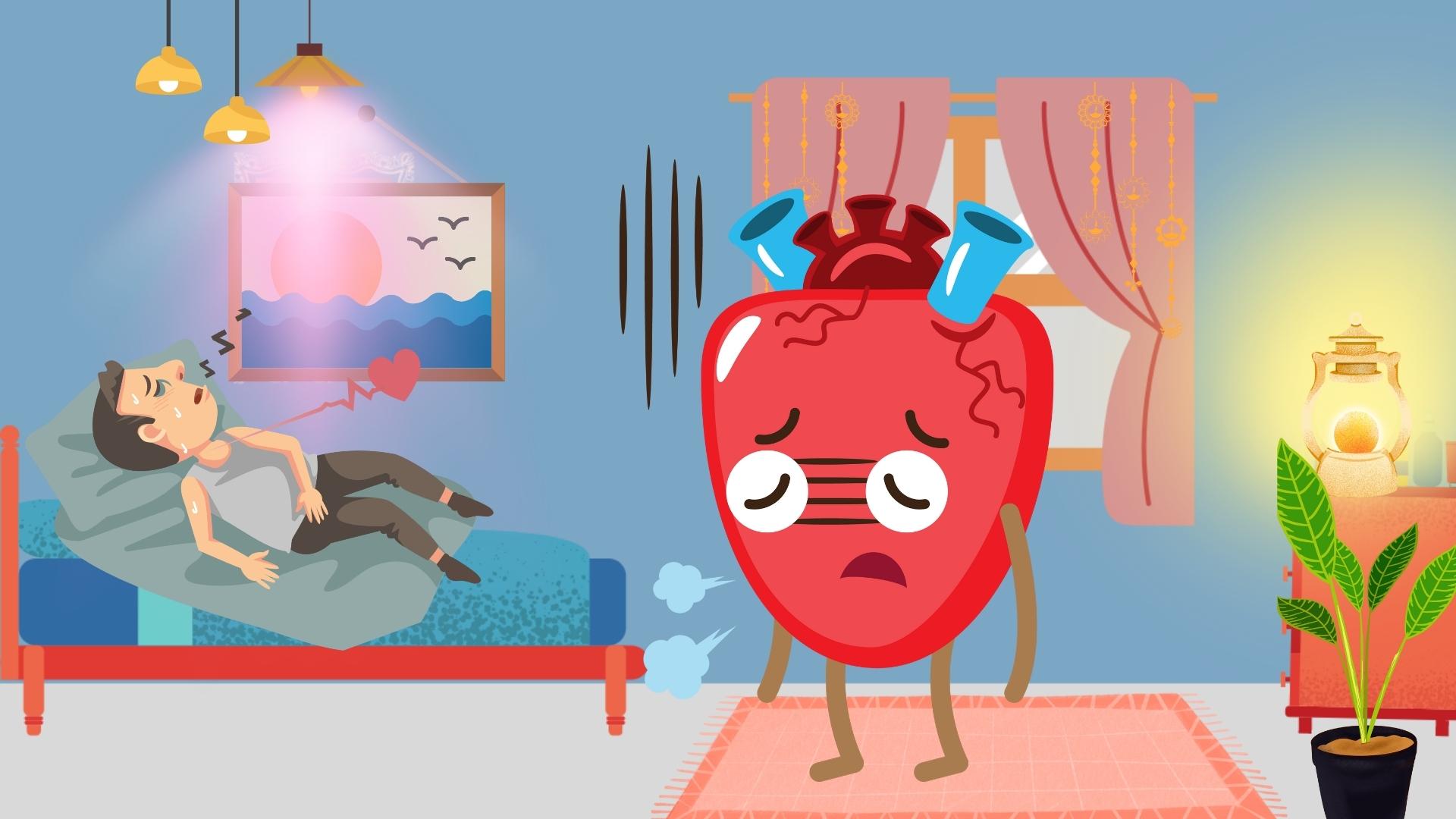
A group of researchers at Massachusetts General Hospital (USA) has pointed out a worrying link between exposure to artificial light at night and cardiovascular health.
The results show that even a small increase in the intensity of night light can trigger a stress response in the brain, leading to vasculitis and increasing the risk of heart disease.
We know that environmental factors such as air pollution and noise can affect the heart, says Dr. Shady Abohashem, Head of PET/CT Heart Imaging at Massachusetts General Hospital and lecturer at Harvard Medical School. However, light pollution - a common phenomenon in urban areas - is less noticed.
The study involved over 450 healthy adults without heart disease or underlying cancer. All of them had PET/CT scans to measure brain metabolism and inflammation in the arteries.
The results showed that people living in areas with high nightlight have stronger brain stress, clearer vasculitis and a higher risk of heart disease.
Every time the exposure to night light increases significantly, the risk of heart disease can increase by about 35% after 5 years and 22,2% after 10 years.
Even when considering noise, income, or other pollution levels, the link between nightlight and heart disease remains the same.
During the 10-year follow-up, 17% of participants experienced serious cardiovascular events, including myocardial infarction and stroke.
When the brain detects a stress signal, the nervous system triggers an immune response, leading to chronic arteriosclerosis, says Dr. Abohashem.
The more exposure to nightlight, the stronger this stress response becomes, increasing the risk of atherosclerosis and cardiovascular events, he said.
Last week, the American Heart Association also issued a scientific recommendation on circadian rhythm health, emphasizing the role of maintaining a stable day and night cycle.
According to the statement, light pollution is one of the main factors that disrupt circadian rhythms, cause insomnia, high blood pressure and the risk of heart disease.
The study is currently observational - that is, it only shows a connection but has not proven the direct cause. Furthermore, the survey is mostly white people in Boston, so it does not fully reflect other population groups.
However, the team hopes to expand the scope of research in the future to assess the impact of night light in different areas and classes of population, as well as experiment with lightening interventions.











